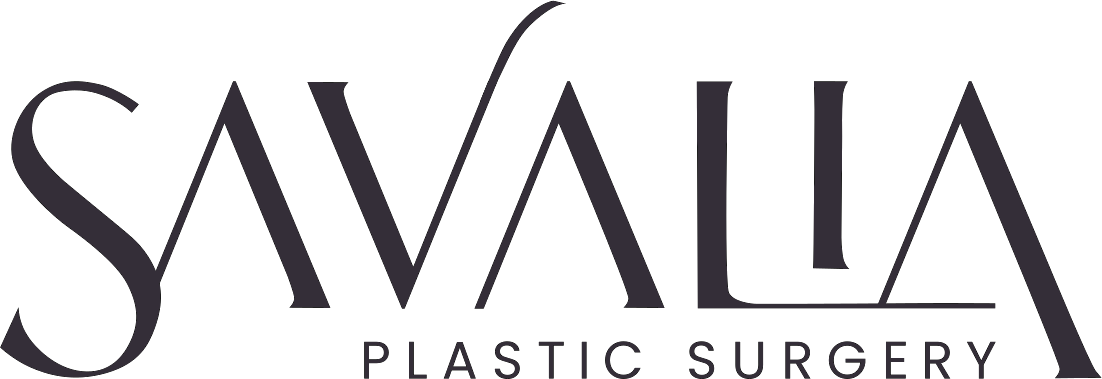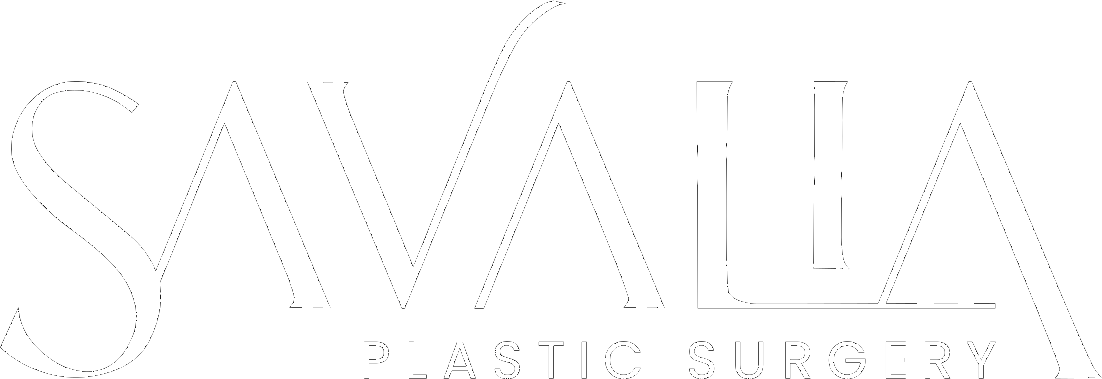Embarking on the journey of breast augmentation is a transformative decision that involves not only the procedure itself but also a thoughtful and well-managed recovery process. Understanding what to expect during breast augmentation recovery is essential for individuals considering or undergoing this procedure. In this comprehensive guide, we explore the clinical aspects of breast augmentation recovery, providing insights, helpful tips, and encouragement to ensure a smooth and successful recuperation.
1. Immediate Postoperative Period: The Road to Awakening
The immediate postoperative period after breast augmentation is a time of transition as individuals gradually awaken from anesthesia. During this period, it's normal to experience grogginess and a sense of disorientation. The care provided by the medical team ensures a safe and comfortable transition to the recovery area.
Encouraging individuals to trust the expertise of the medical team during the immediate postoperative period reassures them that they are in capable hands. This trust is fundamental to building confidence in the overall recovery process.
2. Post-Anesthesia Recovery: Managing Discomfort
Post-anesthesia recovery involves managing any discomfort or pain that may be experienced after the procedure. Pain medication, prescribed by the surgeon, is typically administered to alleviate any postoperative pain. It's essential to communicate openly with the medical team about pain levels for effective pain management.
Encouraging individuals to communicate their comfort levels openly with the medical team fosters a collaborative approach to pain management. This ensures that any adjustments to medication or additional support are promptly addressed.
3. Immediate Postoperative Care: Monitoring Vital Signs
In the immediate postoperative phase, medical professionals closely monitor vital signs, including heart rate, blood pressure, and oxygen levels. This vigilant monitoring ensures the individual's stability and prompts immediate intervention if any concerns arise.
Emphasizing the importance of monitoring vital signs reinforces the commitment to each individual's well-being. The medical team's dedication to vigilance during this critical period contributes to a secure and supportive recovery environment.
4. Managing Swelling and Bruising: Ice Packs and Elevation
Swelling and bruising are common after breast augmentation. To manage these postoperative effects, ice packs and elevation of the upper body are often recommended. These measures help minimize swelling, alleviate discomfort, and promote a smoother recovery.
Encouraging individuals to actively participate in their recovery through simple measures like using ice packs and elevating the upper body empowers them to take charge of their well-being. These proactive steps contribute to a more comfortable and controlled recovery process.
5. The Importance of Rest: Allowing the Body to Heal
Rest is a crucial component of breast augmentation recovery. The body undergoes significant changes during the procedure, and adequate rest is essential for the healing process. Surgeons typically advise individuals to avoid strenuous activities and get sufficient sleep to support the body's recovery.
Emphasizing the importance of rest encourages individuals to prioritize self-care during the recovery period. By understanding that rest is an integral part of the healing journey, individuals actively contribute to their overall well-being.
6. Pain Management and Medication: Following Prescribed Guidelines
Pain management is a central aspect of breast augmentation recovery. Surgeons provide clear guidelines on prescribed medications to manage pain effectively. Adhering to the recommended medication schedule ensures consistent pain relief and a smoother recovery experience.
Encouraging consistent adherence to prescribed medication guidelines reinforces the idea that pain management is a collaborative effort between the individual and the medical team. This commitment to following the recommended plan contributes to optimal pain control.
7. Early Movement and Walking: Promoting Circulation
While rest is essential, gentle movements and walking are encouraged to promote circulation and prevent complications such as blood clots. Surgeons typically provide guidelines on when and how individuals can introduce light movement into their routine during the early stages of recovery.
Encouraging individuals to incorporate early movement reinforces the notion of gradual progression to normal activities. This approach promotes a sense of accomplishment and contributes to a more positive recovery experience.
8. Wound Care and Follow-Up Appointments: Monitoring Progress
Wound care is a critical aspect of breast augmentation recovery. Individuals receive specific instructions on how to care for incisions, including keeping the area clean and dry. Follow-up appointments with the surgeon allow for the monitoring of progress, addressing any concerns, and ensuring optimal healing.
Empowering individuals to actively participate in their follow-up care reinforces the idea that ongoing monitoring is a shared responsibility. By attending follow-up appointments and following wound care guidelines, individuals contribute to the success of their recovery journey.
9. Resuming Daily Activities: Gradual Return to Normalcy
As the initial recovery phase progresses, individuals can gradually resume daily activities. Surgeons provide guidance on when it's appropriate to return to work, engage in light exercises, and resume other routine tasks. This phased approach ensures a safe and effective return to normalcy.
Encouraging individuals to celebrate milestones, such as returning to work or resuming light exercises, instills a sense of accomplishment. Recognizing progress contributes to a positive mindset and reinforces the idea that recovery is an evolving journey.
10. Long-Term Recovery: Patience and Persistence
While many individuals experience significant improvement within the first few weeks, long-term recovery requires patience and persistence. Surgeons provide guidance on gradually reintroducing more strenuous activities and offer ongoing support to address any concerns that may arise.
Encouraging individuals to acknowledge their personal progress reinforces the notion that recovery is a dynamic process. By recognizing and celebrating each step forward, individuals cultivate resilience and a positive outlook on the entire recovery journey.
Understanding breast augmentation recovery is an essential aspect of the overall breast enhancement experience. By being aware of what to expect during the immediate postoperative period, managing discomfort, participating actively in the recovery process, and embracing a phased return to normal activities, individuals can navigate their recovery journey with confidence. The art of breast augmentation recovery lies in the balance between patience, self-care, and collaboration with the medical team, ensuring a smooth transition to a beautifully transformed and confident self.
Dr. Savalia and Newport Beach Cosmetic Surgery is here to help, and serves Newport Beach and Orange County. Get answers to all of your questions, and a consultation to help you achieve the body you desire today. Contact us today to get started!



